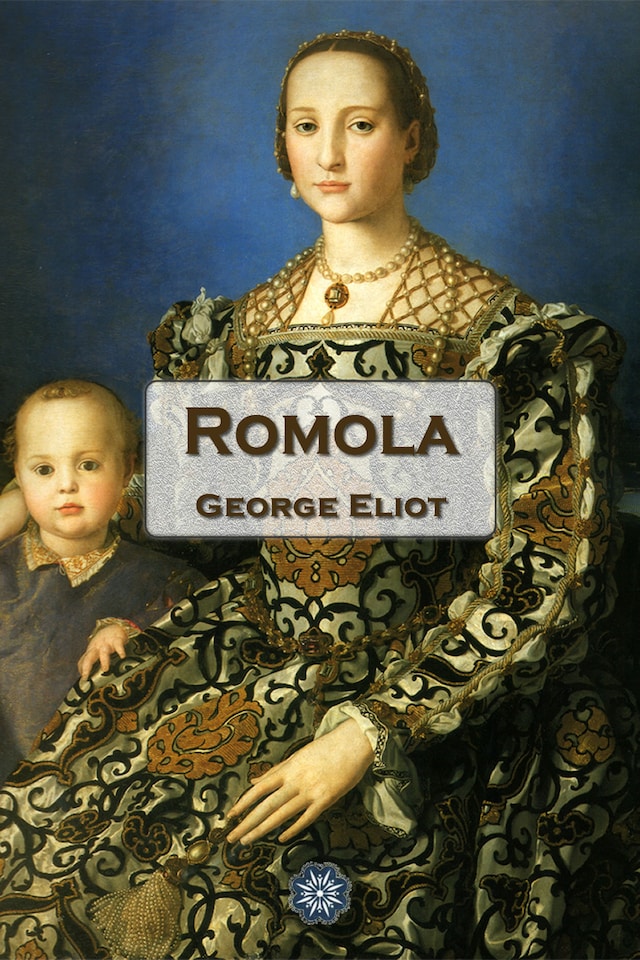
Romola
Tietoa kirjasta
It is the 9th April, 1492. Lorenzo de'Medici died today, and a stranger has come to town. The town is Florence, and there is great upheaval in the market at the news of Lorenzo's death, and people talk of strange portents.
His name is Tito and he has been shipwrecked. An amiable and erudite young man, fluent in Greek, he will soon make his mark on Florence. Tito falls in love with beautiful golden haired Romola. Romola's blind father has one great wish, and that is for his impressive library to remain intact for the common good of the Florentine public.
Someone is observing Tito: Baldassarre Calvo is an old man who arrives on the scene in chains as a prisoner of the French. There is betrayal upon betrayal, a disintegration of relationships, heartache and disappointments. It is the 23rd May, 1498 when Fra Girolamo Savonarola died at the stake.
The novel highlights so many parallels to our society today as to seem uncanny, in terms both of our political machinations and of our moral rootlessness, and I recommend it enthusiastically.
Eliot sympathetically portrays Savonarola as an idealist, however flawed, and the heroine, Romola, herself evolves from an educated if sheltered and naïve girl into a mature, compassionate, and selfless adult largely as a result of her changing responses to him, Romola’s husband Tito, on the other hand, descending from being an attractive figure to one of progressive moral compromise and degeneracy.
George Eliot (alias Mary Anne Evans, 1819–1880), was an English novelist, poet, journalist, translator and one of the leading writers of the Victorian era. She is the author of seven novels, including Adam Bede, The Mill on the Floss, Silas Marner, Middlemarch, and Daniel Deronda, most of which are set in provincial England and known for their realism and psychological insight.
 George Eliot
George Eliot 760 Sivua
760 SivuaKategoriat:
Muoto:
Kielet:
englanti